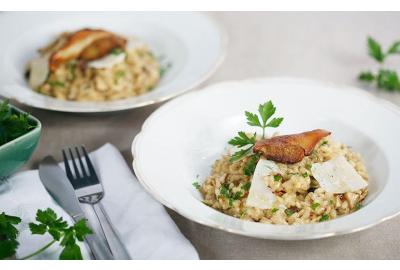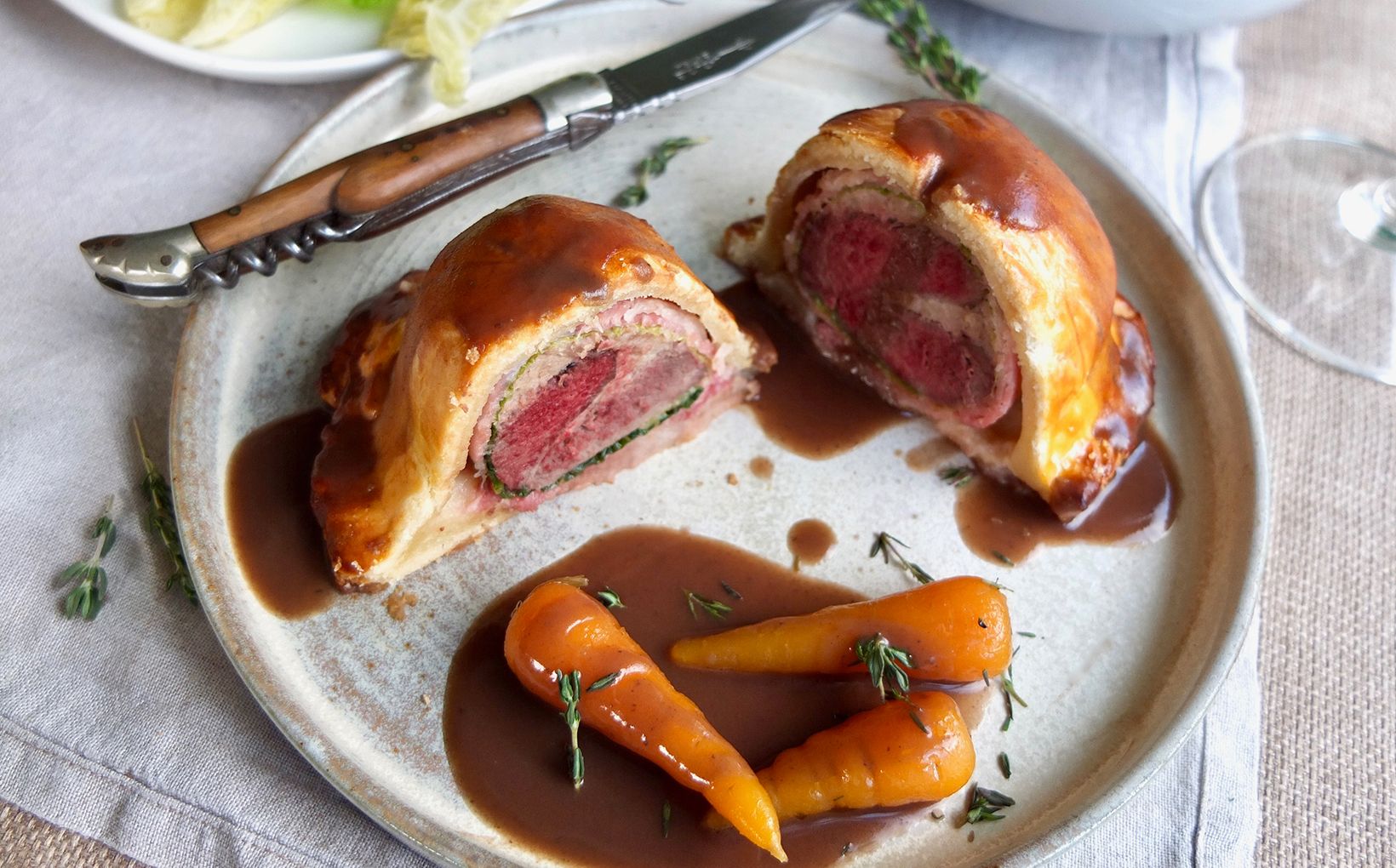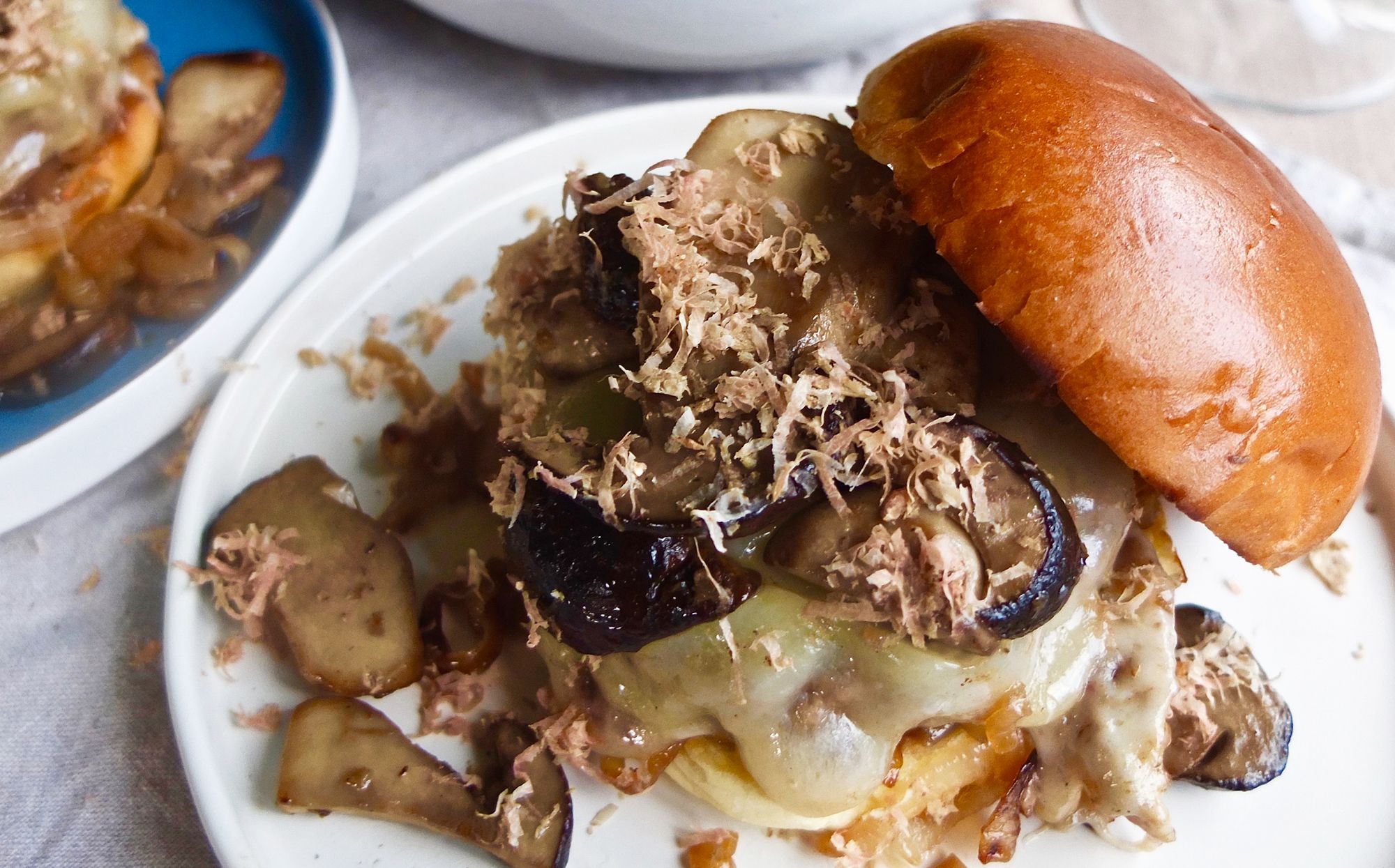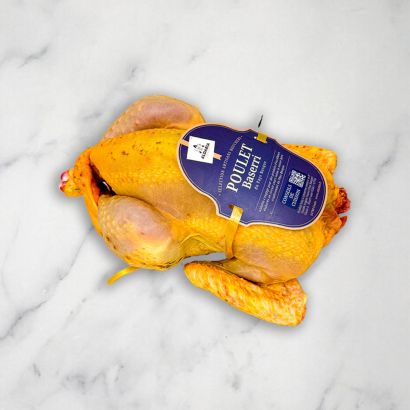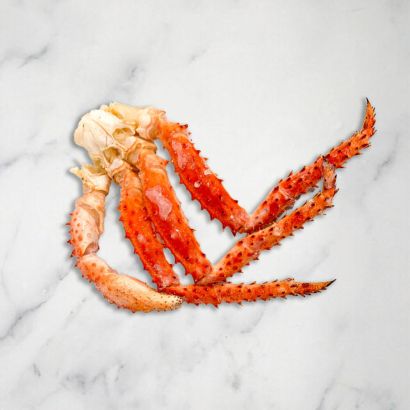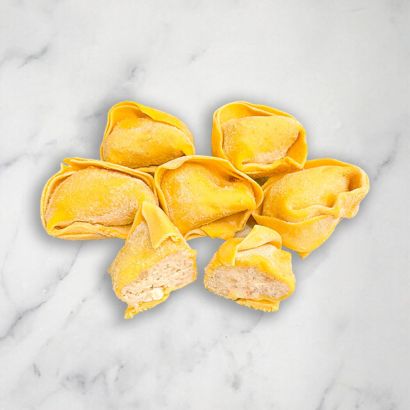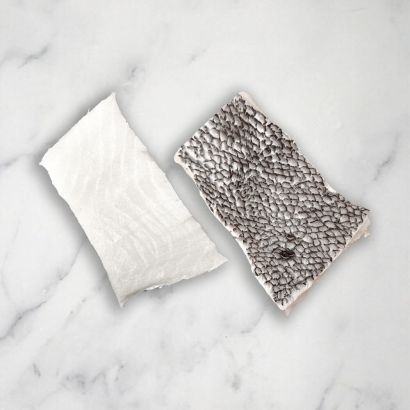Porcini mushrooms are highly regarded in the food world, especially in French and Italian cuisine. Food connoisseurs around the world extol this mushroom for its incredible flavour and texture. Porcini means ‘little pigs’ in Italian but is also known as king bolete, or ceps in France. The formal name is boletus edulis and in England, they are called penny buns because the tops resemble crusty bread rolls. Their brown caps can range in size from one inch to up to a foot and they have thick white stalks.
Why are porcini mushrooms so special?
These wild mushrooms are a greatly prized find for foragers. These are considered one of the most delicious varieties and as such they are in high demand when in season. The texture is wonderful, and they are best when fully developed but still young. Porcini are typically found in Europe, North America, and parts of Asia. Ceps grow naturally in pine forests and have a symbiotic relationship with the roots of specific trees. These mushrooms are difficult and time-consuming to grow commercially – which is another factor in their high price.
How do porcini mushrooms taste?
Porcini mushrooms are nutty and earthy with an overall meatiness in terms of both texture and flavour. Ceps are often described as having an umami quality too, a sixth flavour found in ingredients such as soy or parmesan.
When are porcini mushrooms in season?
The porcini season in Europe begins in late summer around the end of August and lasts until the start of autumn in October. The season is relatively short, but you can find dried porcinis year-round if you can’t get enough of this delicious mushroom! Some other similar mushrooms you may enjoy are the king oysters or shiitake mushrooms.
How to cook with fresh porcini mushrooms
Ceps are quite versatile and can be used in a variety of recipes from soups to risottos or even paired with fresh truffle for an indulgent dish. Porcini mushrooms are tasty eaten raw or cooked, but the general rule is to prepare them simply and avoid overloading with complex flavours as they are so delicious on their own.
You can sauté, braise, fry, grill, or even stew this seasonal treat – or even cook them in wagyu or Iberico fat. Porcini mushrooms pair well with meat, eggs, pasta or even added to sauces such as bechamel or broths. Thanks to its meaty, savoury flavour and texture porcini is also a great vegetarian option too. Head to Drogo’s Kitchen to find our best porcini recipes.
Before cooking, you may want to clean your mushrooms but we’d strongly advise against soaking them in water or even rinsing them. Instead use a dry or a slightly damp paper towel to gently remove any excess dirt. Water can damage the delicate mushroom and deteriorate them greatly. You can also store (unwashed) mushrooms in a paper bag in the crisper drawer of the fridge for a few days but it’s best to eat them as soon as you can! If you want to learn more about cooking with mushrooms check out our blog here.
Best ways to use dried porcini mushrooms
Dried porcini mushrooms are a great option for year-round use and offer a more concentrated flavour than fresh mushrooms. Simply soak in warm water for 30 minutes or until softened and plump, drain and reserve the excess liquid to use in stocks and soups. These rehydrated porcinis are great for adding into pasta or risotto dishes too. The texture of them once soaked is slightly chewy, which will add a great textural dimension to any dish. Dried porcini can last up to six months if kept well in an airtight container in a dark, cool place.
Porcini mushroom recipes from Drogo’s Kitchen
Tap the picture for the recipe!
Pigeon Pie with Porcini Gravy
White Truffle and Porcini Burger
Explore our site now...
Browse our fantastic selection of mushrooms and take a look at Drogo’s Kitchen for even more recipes and cooking advice. If you try out any of our ingredients or recipes please do tag us on social media! We love to see what you create.
Instagram | Facebook | Twitter | Pinterest | YouTube

